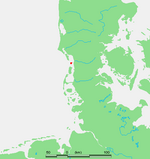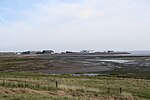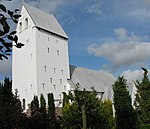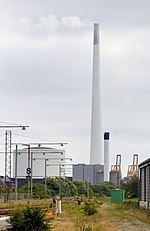Danish Wadden Sea Islands
Danish Wadden Sea IslandsFrisian IslandsGeography of Esbjerg MunicipalityGeography of Tønder MunicipalityIslands of Denmark
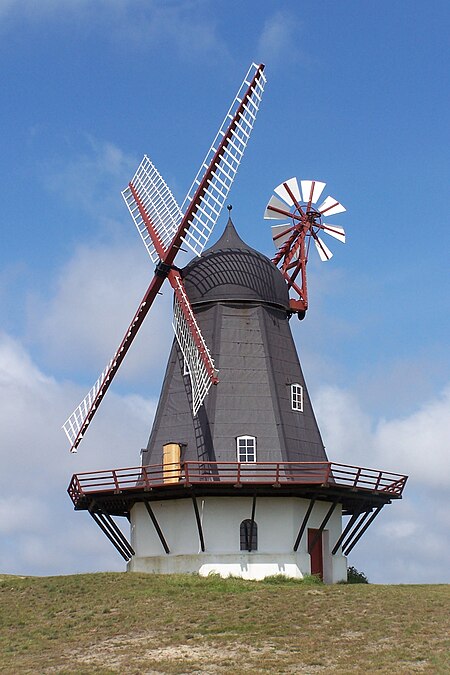
The Danish Wadden Sea Islands (Danish: Danske Vadehavsøer) are a group of islands on the western coast of Jutland, Denmark. They have belonged to the region of Southern Denmark since January 1, 2007. Previously they belonged to the counties of South Jutland and Ribe. The Danish islands differ from the German North Frisian Islands because no Frisians live on the Danish islands.
Excerpt from the Wikipedia article Danish Wadden Sea Islands (License: CC BY-SA 3.0, Authors, Images).Danish Wadden Sea Islands
Østre Toftevej, Esbjerg Municipality
Geographical coordinates (GPS) Address Nearby Places Show on map
Geographical coordinates (GPS)
| Latitude | Longitude |
|---|---|
| N 55.277 ° | E 8.539 ° |
Address
Østre Toftevej
Østre Toftevej
Esbjerg Municipality
Region of Southern Denmark, Denmark
Open on Google Maps
